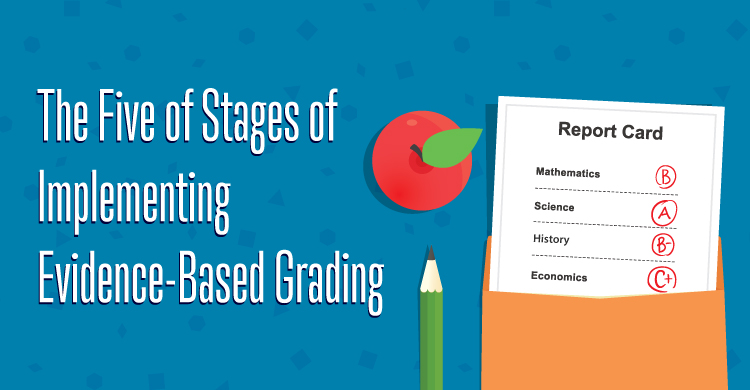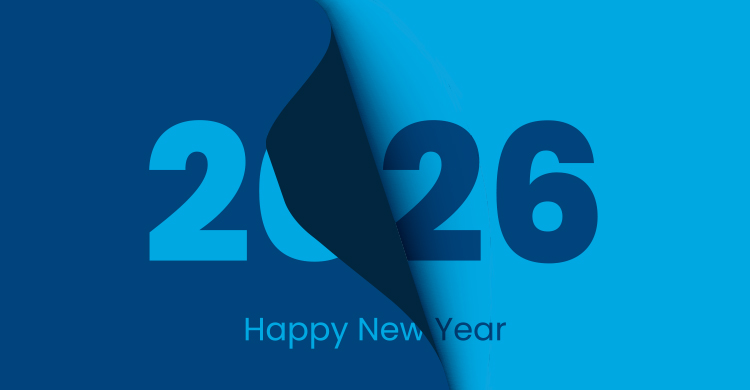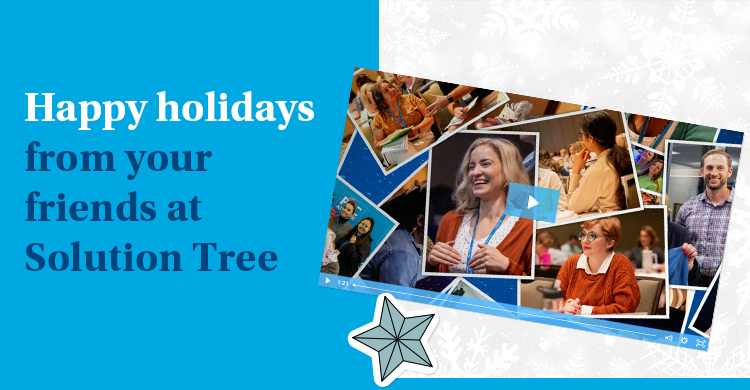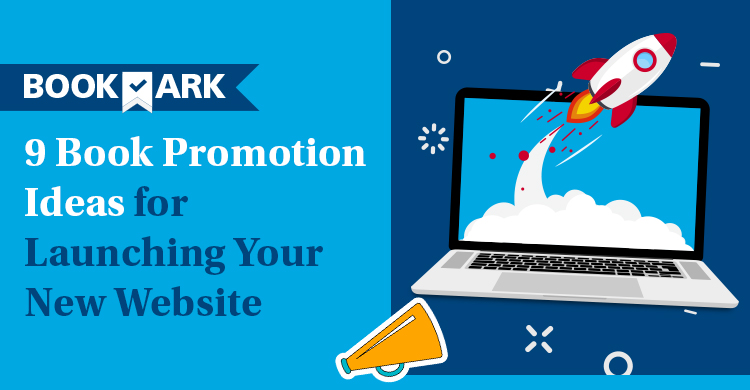For us, it was a nagging question with no apparent solution. With each passing school year, we wondered whether our current educational practices developed students who were truly ready for college and career–or we merely creating the illusion that they were? Were we genuinely living our mission statement, Success for Every Student? What does it truly mean to be successful?
Problem: What is Success?
The word success is difficult to define. For some, it may be an achievement, winning a baseball game, getting a good grade on the test, or receiving a prize for hard work. For others, success may mean living a life of service, and for others still, success may mean something entirely different. Regardless of how someone defines success, one common thread among all definitions and interpretations is self-reliance. (Bandura et al. 1972) The social psychologist Albert Bandura defines self-reliance as “the ability to sustain oneself in any given context or life situation.” (Bandura 1997, 7).
Each year of a young person’s life, the layers of scaffolding get stripped away; and as more and more layers disappear, a young person must rely on their capabilities to sustain their life. That’s why, as a parent, I find myself most proud when my children display self-reliant behavior, such as persevering through difficult situations or applying critical feedback. For many researchers, education is the perfect opportunity for a student to begin to develop his or her efficacy and personal agency. Further, personal efficacy has been shown to correlate to many health and wellness benefits such as right actions & choices, increased effort, perseverance, healthy thought patterns, lower stress and depression, and increase the level of realized accomplishments (Bandura 1997).
Solution: Focus on Proficiency in Grading Practices
To align our culture and practices to this new definition of success we knew we had to change our pedagogical practices from a compliance-focused approach, where students complete work for points, to a proficiency-based model, where students complete skill demonstrations for feedback.
Commonly, the word proficiency is used synonymously with average. However, we use the dictionary definition of proficiency, with a high degree of competence, and expertise. When students are proficient, we consider them to have a rooted, enduring competence in a skill or skills. Proficient students meet the expectations of learning, as clearly identified by teachers and teacher teams.
We also use the term proficiency-based to describe an action or event where an intended state of competency serves as a learning outcome. In other words, proficiency-based is when a state of competence acts as the learning outcome and not a means to achieve a learning outcome. We find that defining proficiency in this way better unifies the relationship between curriculum, instruction, and assessment.
The primary question of all educators should be, “Do we want to deliver learning experiences where the primary goal is to know the content or possess isolated skills? Or do we like to provide experiences that help students gain the confidence and habits they need to grow and sustain themselves?” We believe in the latter, and we propose that a general structure of school could be:
- Learn how to create [my] proficiency
- Verify the validity of [my] proficiency
- Foster the belief in [my] ability to create, validate, and maintain [my] proficiency
Framework: Managing The Change
In the fall of 2012, we decided to start examining this change more deliberately. We began by studying the current literature on high-leverage proficiency-based teaching practices while collaborating locally and nationally with other schools. All the while, we solicited our students’ and teachers’ voices and made small adjustments to our pedagogy. These steps were adequate, but the most crucial step in managing this change from compliance-focused learning culture to a proficiency-based learning culture was a new professional development approach.
Although we already knew that our best chance for making lasting and significant change comes through work done in collaboration, we continually tried to elicit change through a “sit and get” stand-alone professional development or through a “one-size-fits-all” model.
This approach was in direct contrast to what we believe, that every teacher brings strengths and different capabilities to every conversation. These multiple viewpoints must be valued and considered during the decision-making process for students. For this reason we knew we had to differentiate professional learning with more focused, worthwhile experiences for our teachers in order for these changes to last. So, in the fall of 2012, we tried a better professional development model that respects individual teachers and in which collaborative teams vary in expertise, knowledge, and skill—a personalized professional development framework.
To create an individualized, quality, and compelling professional learning framework, we relied on long-standing research grounded in the creative process. Psychologist and author Mihaly Csikszentmihalyi (1990) presents this process in five interconnected and overlapping phases:
- Preparation is becoming immersed in problematic issues that are interesting and arouse curiosity. Preparation is the term that psychologists apply to the first stage of the creative process when individuals are starting and struggling to perfect their craft—inspiration drives the curiosity of both great artists and scientists to persevere through their years of hard work and preparation.
- Incubation refers to the period during which ideas churn around below the threshold of consciousness. After an individual starts working on a solution to a problem or has an idea about approaching the problem, they enter the incubation stage. According to research psychologists, this stage can last hours, days, months, or years. When individuals try to solve problems consciously, it becomes a linear process, but unexpected combinations occur when issues are left to incubate or simmer (Csikszentmihalyi, 1990). And it’s these unexpected combinations that form domain-changing breakthroughs.
- Insight is the “Aha!” moment when the puzzle starts to come together. The insight stage is also called the eureka experience. Some psychologists call it illumination. It’s the exact moment when a problem that an individual has been trying to solve comes together in their mind to form an actual resolution. This resolution only emerges after a complex and lengthy process.
- Evaluation occurs when deciding if the insight is valuable and worth pursuing. During the final stage of the creative process, individuals must decide if their insights are novel and make sense. In other words, they must analyze the insights to determine if they’re genuinely worth pursuing. If the insight continues to excite and motivate the individual to go forward, then the hard work of turning the creation into a reality begins. Some creativity researchers, such as Harvard University’s Teresa M. Amabile, cite motivation as the key factor in the creative process. Regardless of the ingenuity, novelty, or originality of an idea, artwork, or scientific invention, the work can’t become a reality if the creator is unmotivated.
- Elaboration is translating the insight into its final work and constantly revisiting or revising. Throughout the creativity literature, many who have created products that changed their domains or disciplines state the necessity of hard work and revision. Yet, at the same time, they also say that it doesn’t seem like work at all but seems more like play. It’s the process of creating that drives them forward toward continuous growth and improvement.
Benefits of the Framework
These five phases of the professional learning process captured the way we wanted to nurture professional growth and positive changes in our school; by seeking educators’ expertise, collaboration, and inquiry. Some advantages of this framework include:
- The framework supports reasons to revise the approach to education.
- The framework recognizes the value of multiple viewpoints and input during the change process.
- The framework provides specific environments that open up thinking and teacher creativity.
- The framework encourages reflective professional development that addresses evaluation and judgment.
- The framework develops a culture of continuous improvement and thoughtful refinement.
By focusing on this five-phase framework, we hoped our teachers and teams received better professional development that: (1) supported learning and the role of proficiency; (2) recognized the value and the inevitability of “pushback;” and (3) provided specific environments that open up thinking. Our teachers’ creative “Aha!” moments (4) allowed reflective professional development that addresses evaluation and discernment, (5) and developed a culture of continuous improvement and thoughtful revision.
As the education profession still seeks to address its many different and complex challenges, this framework helped our teachers prepare for change, incubate on the shift, not rush to decisions, generate insights into the difference, and evaluate the change thoughtfully and improve and evolve continuously.
The Design Process
This professional development framework can help ensure that only those who are ready to implement are the ones who are implementing evidence-based reporting. However, it is essential to remember that even though they may be prepared, it is prudent to be methodical in their approach. In our experience, we have found that teams who implement evidence-based reporting in phases are most successful. Those phases are as follows:
| Phase | Discussion | Artifact |
| Preparation | Success is Personal Efficacy | Student-Focused Mission/Vision Statement |
| Preparation | Skills and Standards | Skills-Based Curricular Hierarchy (GVC) |
| Incubation | Rubrics | Conversational Rubrics |
| Incubation and Insight | Assessment | Practice – Scrimmage – Game Inventory |
| Preparation and Insight | Scope and Sequence | Skills-Based Curriculum Map |
| Insight and Elaboration | Instruction | “Student Does First” Lesson Plans |
| All Phases | Grading | Evidence-Based Grading Policy |
| All Phases | Gradebook | Skills as Categories Framework |
| Evaluation & Elaboration | Intervention & Collaboration | PLC team and collaborative protocols that focus student evidence of learning |
By intentionally addressing these five phases over one school year, teachers and teams receive better professional development, leading to the more successful implementation of evidence-based practice and policy.
Net Effect
Our initial efforts with the framework yielded immediate changes to our school. Our culture appeared to be more student-centered, our curriculum became more skill-driven, and our assessment process produced more conversations about learning. In the years that followed, even more changes were visible. It became apparent that our teachers were now more reactors to student-initiated learning and not merely delivering lessons. These same teachers provided students with more mastery-based instructional experiences where the students’ burden was more often on the student.
Further, our collaboration among teachers slowly grew to be more student-focused, as teams discussed more than just tests and data. Instead, we found them calibrating assessment scoring, sharing feedback ideas, and evaluating their common assessments moments more often. Perhaps the most significant impact was from changes to our grading practices.
Instead of the traditional transaction of points and marks, grading became a mutual interpretation of student evidence between the teacher and student. Also, it was clear that these new grading practices had influenced our teacher-student relationships. Discussions between teachers and students had shifted from an autocratic structured dialogue, where the teacher speaks to the student, to a mentorship relationship, where the teacher speaks with a student. If schools create environments that allow students to experience the natural fluctuations in their learning and self-regulation and self-initiation, they can successfully learn how to create their competency. We must remember that education is not only about making a difference in a student’s life; it is primarily about helping students make a difference in their own lives.






